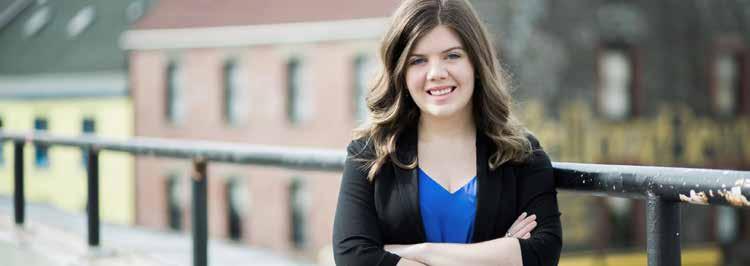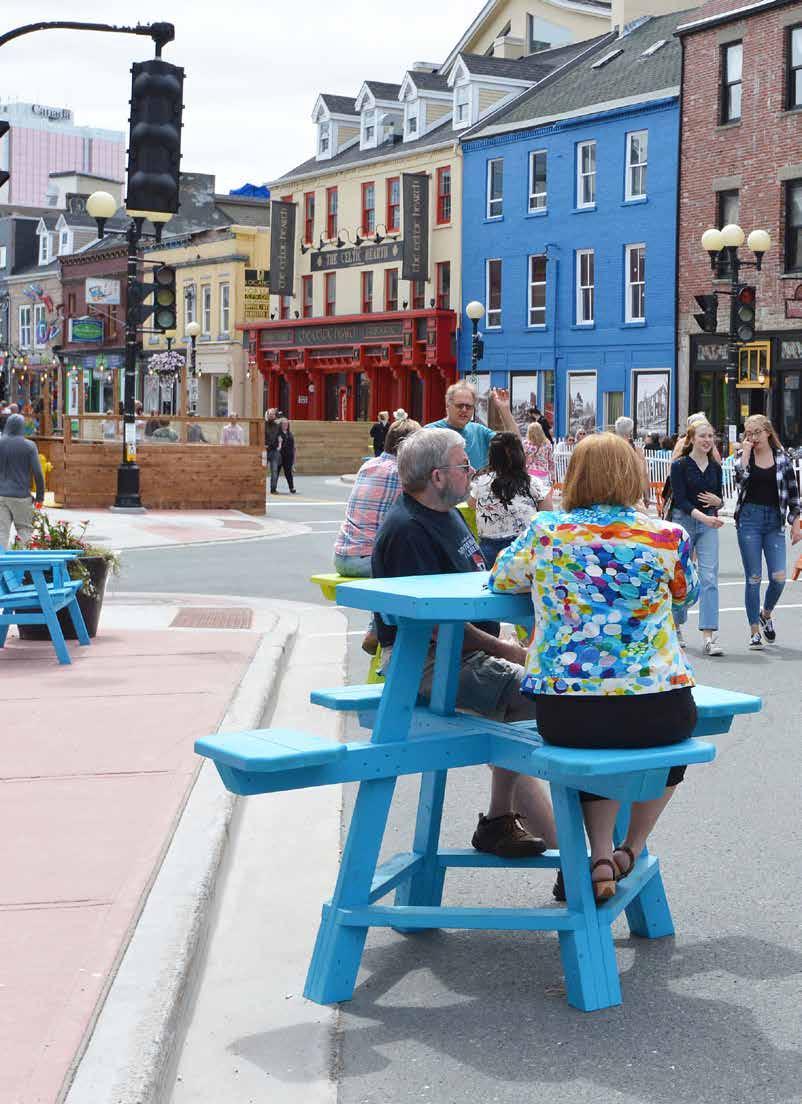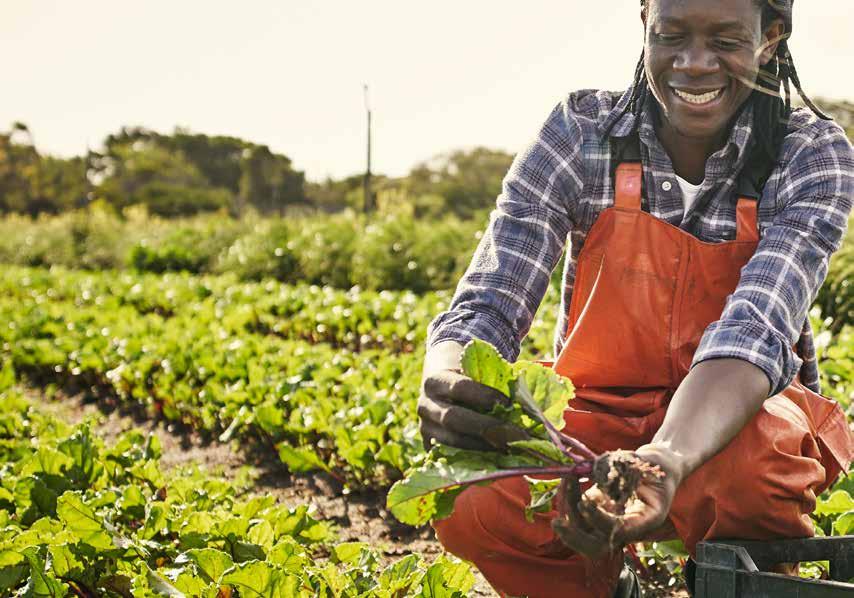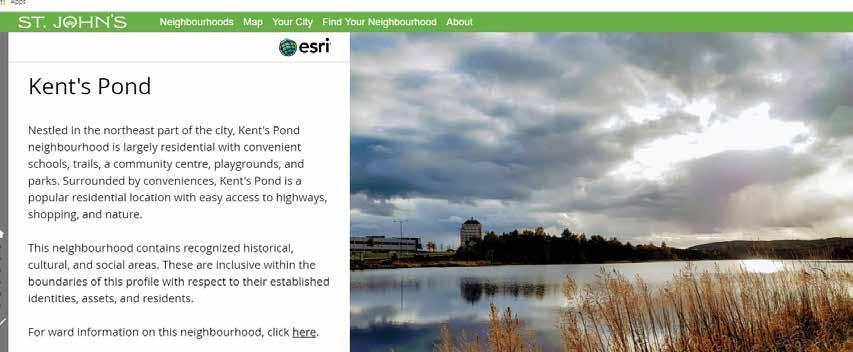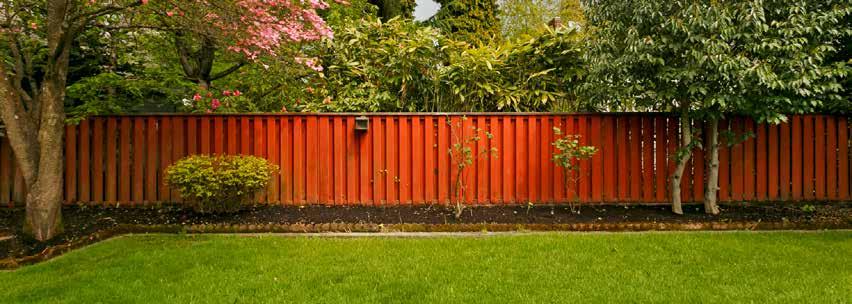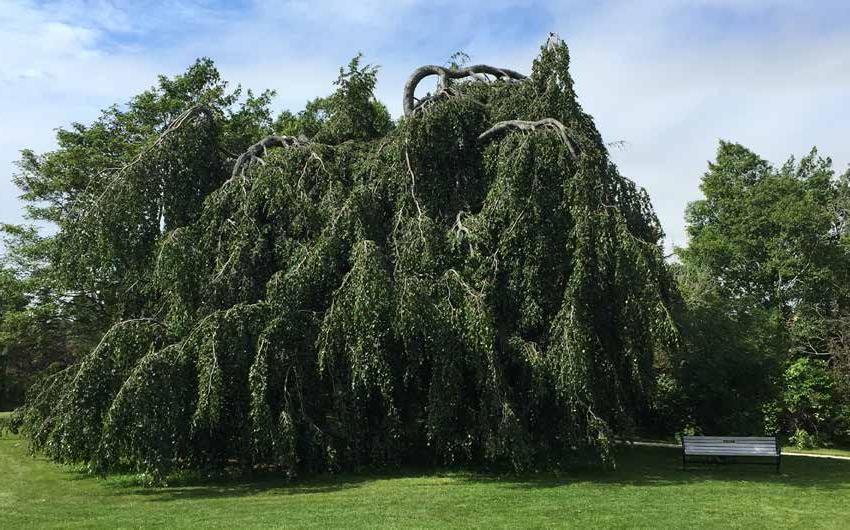
2 minute read
Old Trees of St. John’s
By Brian Mercer Municipal Arborist, City of St. John’s
Geographically, St. John’s is a large city of over 440 km 2 with a sizeable portion of this area dominated by native forest including many trees. However, within the more densely populated parts of the city there are many areas where the presence of trees is sparse.
Advertisement
A tree inventory completed by the City in 2005 identified 53,335 trees in parks & open spaces, including those near City streets, with the three most common trees being: • sycamore maple: 14,412 • Norway maple: 9,561 • white spruce: 2,909
Many of the big, old and interesting trees in St. John’s are found on the properties of older homes and likely date back to when the homes were constructed. The species chosen whether sycamore maple, Norway maple, horse chestnut, english oak, elm or beech are all species that were introduced to the province and likely selected by property owners as reminders of their homelands.
Without knowing when a tree was planted, its age can be tough to predict. Urban foresters often categorize trees into groups based on size or level of maturity, but these attributes do not always accurately reflect a tree’s age. One way to determine tree age is by boring into the stem, taking a core sample and counting annual growth rings. While the impact of this is minimal, it does create an entry point for disease and decay and is therefore generally discouraged.
Urban trees provide many benefits such as storm water mitigation, blocking wind, providing shade and mitigating the impacts of climate change. In general, the bigger the tree the greater the benefits. As our city continues to grow we need to ensure that so do our trees.
Some of the Oldest Trees in St. John’s
Weeping Beech
Bowring Park, near The Bungalow pictured opposite page
Bannerman Park
This weeping beech is a great example of an old, interesting tree found in the midst of one of St. John’s busiest parks. This tree was planted by the park’s designers, prior to the park opening in 1914. Like many other specimens of beech, the Weeping Beech at Bowring Park bare the initials of many of its past visitors, an unfortunate trait of its smooth, light grey bark. Bark is like a tree’s skin and should be left untouched to do its job of protecting the living parts of the tree that transport water and nutrients.

Beech “The Wisdom Tree”
Margaret’s Place A large beech tree that was protected by the City from development is located at Margaret’s Place. Locals call it “The Wisdom Tree”. Some believe because the tree is so old that if it could talk it would have a million stories to tell – perhaps including how its bark became covered with carvings of initials and other designs!
Bannerman Park opened in 1891 and was Newfoundland’s first public park. Some of the bigger, and likely older, trees in the park are along the path from Military Road. A mix of elm, maple and chestnut trees line the pathway providing a canopy of shade.

Tuckamore
Blackhead Road, near Cape Spear

Tuckamore is a Newfoundland word given to trees growing along the coast whose growth have been stunted by the harsh climatic conditions. Seemingly, despite all odds the trees continue to grow, hugging the ground in line with prevailing winds.

